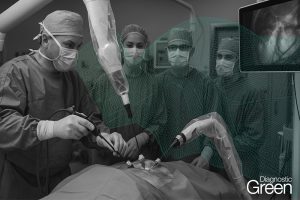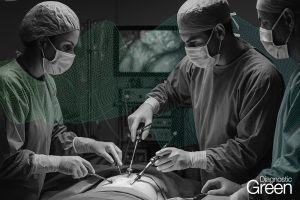Background: The aim of this study was to determine whether the use of indocyanine green angiography to identify devascularized parathyroids during thyroidectomy for thyroid cancer would decrease the rates of postoperative hypoparathyroidism.
Methods: Retrospective study of patients who had undergone total thyroidectomy for treatment of thyroid cancer between March 2021 and March 2023. The indocyanine group included patients with all four parathyroids identified and evaluated by indocyanine green angiography at the end of the procedure. Those with parathyroid glands classified with no vascularization had the glands autotransplanted. A group without indocyanine angiography was used to compare results.
Results: The analysis included 100 patients in each group. Indocyanine angiography identified 14.75% of devascularized parathyroids at surgery. The number of parathyroids with a score of 2 (i.e., good vascularization) was not a safe predictor of normal parathyroid hormone levels after surgery. Indeed, 29.2% of the patients with three parathyroids with a score of 2 developed transient hypoparathyroidism. Permanent hypoparathyroidism occurred in 7% of the patients without indocyanine group and in none of the patients in the indocyanine group (p = 0.014).
Conclusion: Intraoperative angiography with indocyanine green could contribute to reduce the occurrence of permanent hypoparathyroidism in patients undergoing surgical treatment for thyroid cancer.




